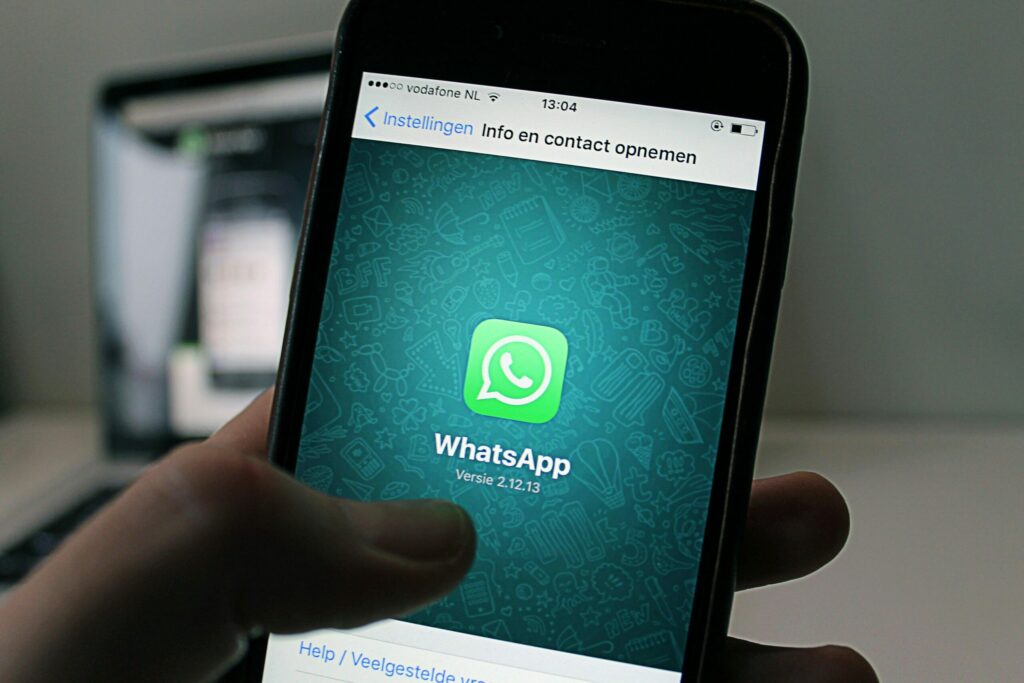Although there are many digital marketing channels in Japan, LINE is one of the social networking apps that have been completely integrated into people’s everyday lives and thus is one of the most accepted ones at the same time. Originally introduced as a messaging platform in 2011, LINE has evolved into a multifunctional ecosystem that integrates communication, commerce, and customer relationship management (CRM). While global competitors such as WhatsApp or Messenger primarily cater to the communication needs of individuals, LINE is able to connect at least three parties—users, brands, and services—through its super-app functioning in a uniquely Japanese manner.
Potential of the LINE Marketing in Japan
According to the data published by LINE Yahoo Corporation, and the research carried out by Digital Marketing for Asia (2024), a little over 92 million users in Japan are active on LINE every month for a multitude of purposes including but not limited to, the sending of messages, payments, news reading, shopping, and even using government services. For marketers, this extensive penetration means LINE is not just an advertising channel—it is a full-funnel marketing platform. Through the use of LINE Ads, businesses are able to deliver personalized content to users considering their demographic factors such as age, place of residence and activity. Moreover, the LINE Official Account gives companies the chance to build long-lasting relationships with their clients via direct conversations, coupons, and rich-menu features, thus making simple alerts turn into interactive two-way talk.
CRM Integration and the “Chat + Commerce” Model
From a Customer Relationship Management perspective, LINE provides a level of integration that is almost non-existent in the Western markets. According to Mico Inc. (2025), Japanese corporations resort to LINE to blend offline with online touchpoints—linking e-commerce, loyalty programs, and brick-and-mortar stores. In the app, customers can see the products, ask questions, and pay, hence, they are part of a seamless process that benefits both conversion and retention. The “chat + commerce” scenario reveals that Japanese customers prefer personalized but comfortable digital communications.
Compare to the World Chat Apps
WeChat in China, on the whole, offers some of the same functions as LINE, while WhatsApp and Messenger still face limitations due to privacy regulations and lack of brand integration, which are less strict and weaker, respectively. The Japanese market, in contrast, factors like trust, community, and mobile-based services that are highly appreciated have made LINE a marketing infrastructure rather than a social platform.
Conclusion
In the future, the development of AI chatbots, mini-apps, and data-driven personalization will again emphasize LINE’s position as the Japanese digital marketing backbone. For international brands that want to thrive in Japan, the understanding and usage of LINE marketing is no longer an option but a necessity for creating emotional, local, and enduring customer relationships.
References
Syncad (2025). LINE Yahū kabushiki gaisha, māketingu ryōiki no saishin dōkō [LINE Yahoo Corporation: The latest trends in marketing]. https://syncad.jp/news/line-maketing/.
Mico Inc. (2025). LINE māketingu senryaku to wa? [What is a LINE marketing strategy?].
https://mico-inc.com/blog/line-marketing-strategy/.
Koukokujp (2025). 【2025-nen saishin】LINE to wa? Māketingu ni okeru jūyōsei [The latest 2025: What is LINE? Its importance in marketing].
https://www.koukoku.jp/service/suketto/marketer/sns/%E3%80%902025%E5%B9%B4%E6%9C%80%E6%96%B0%E3%80%91line%E3%81%A8%E3%81%AF%EF%BC%9F%E3%83%9E%E3%83%BC%E3%82%B1%E3%83%86%E3%82%A3%E3%83%B3%E3%82%B0%E3%81%AB%E3%81%8A%E3%81%91%E3%82%8B%E9%87%8D%E8%A6%81/.
Gaiax Social Media Lab (2025). LINE o katsuyō shita SNS māketingu no pointo [Key points of SNS marketing using LINE]. https://gaiax-socialmedialab.jp/post-643/.


